Reading academic sources is like being a detective—you're not just looking for information, you're looking for clues about the author's perspective, the quality of their research, and whether their conclusions are trustworthy. Too many students approach academic sources with blind trust, accepting everything they read at face value without questioning the underlying assumptions, methodologies, or potential biases that might influence the information presented.
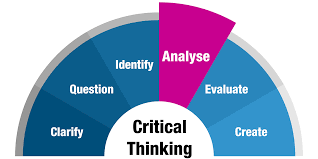
The ability to read between the lines and critically analyze sources is what separates good researchers from great ones. It's not about being cynical or dismissive of academic work—it's about being thoughtful, discerning, and intellectually honest in your evaluation of information. When you develop these critical analysis skills, you become a more effective researcher, a better writer, and a more informed thinker who can navigate the complex landscape of academic knowledge with confidence and sophistication.
Whether you're writing your first research paper or working on your senior thesis, the ability to critically analyze sources will transform how you approach research and how you present your findings. You'll learn to identify when an author's personal beliefs might be influencing their interpretation of data, understand how different research methodologies can lead to different conclusions, and develop the skills to evaluate whether a source is credible, relevant, and reliable for your specific research needs.
In this comprehensive guide, we'll explore the essential skills of critical source analysis, covering everything from identifying bias and understanding methodology to evaluating credibility and reading between the lines. By the end of this guide, you'll have the tools and knowledge you need to approach any academic source with a critical eye and extract the maximum value from your research.
Understanding Critical Analysis: The Foundation of Good Research
Before we dive into the specific techniques of critical source analysis, it's important to understand what critical analysis actually means and why it's so crucial for academic success.
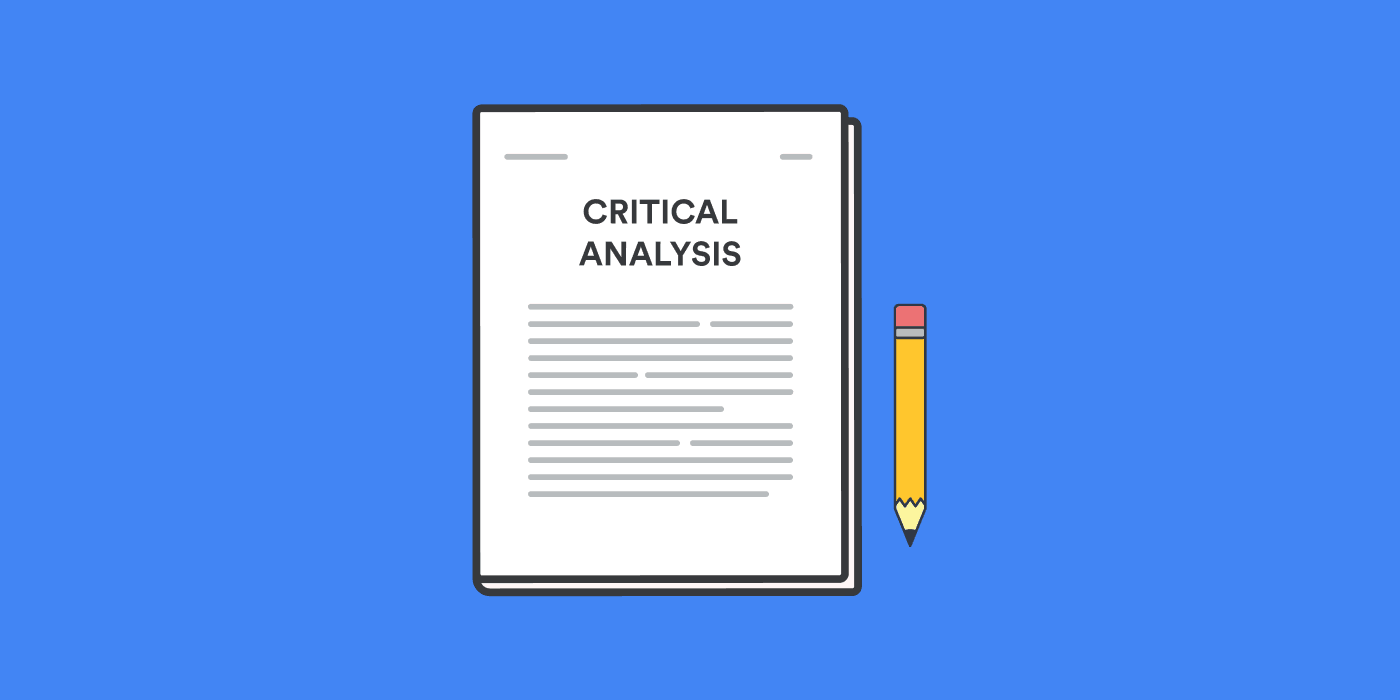
Critical analysis isn't about finding fault—it's about understanding context, recognizing limitations, and making informed judgments about the information you encounter. It's the difference between being a passive consumer of information and an active, engaged researcher who thinks deeply about what they're reading and how it fits into the broader scholarly conversation.
When you read critically, you're asking questions like: What is the author really trying to say? What evidence supports their claims? Are there alternative interpretations of the data? What assumptions is the author making? How does this source fit with other research in the field? These questions help you understand not just what the source says, but how it says it and why it matters.
Critical analysis enhances your research quality by helping you identify the most reliable, relevant, and credible sources for your work. Instead of simply collecting sources that seem to support your argument, you'll learn to evaluate each source's strengths and weaknesses, understand how different sources complement or contradict each other, and build a more nuanced and sophisticated understanding of your research topic.
It develops your critical thinking skills in ways that extend far beyond academic research. The ability to analyze sources critically teaches you to question assumptions, evaluate evidence, consider multiple perspectives, and make reasoned judgments—skills that are valuable in every aspect of your personal and professional life.
Critical analysis makes you a better writer by helping you understand how to present information fairly, acknowledge different viewpoints, and build arguments that are based on solid evidence rather than cherry-picked facts. You'll learn to engage with sources in a way that demonstrates your understanding of the complexity of academic knowledge and your ability to think independently about the issues you're exploring.
Identifying Bias in Academic Writing
One of the most important skills in critical source analysis is the ability to identify bias—not to dismiss sources that show bias, but to understand how bias might be influencing the information presented and how to account for it in your own research and writing.
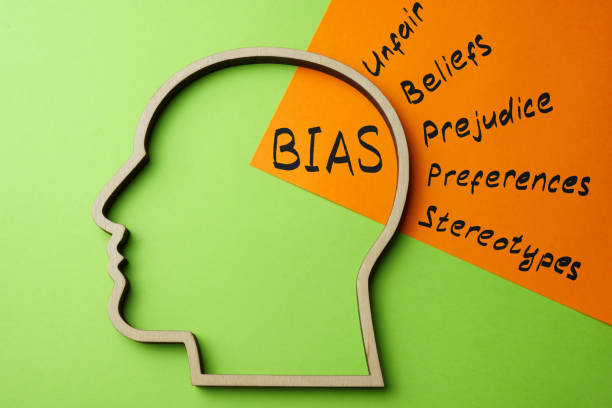
Understanding What Bias Is (And What It Isn't)
Bias isn't necessarily a bad thing—it's a natural part of human thinking and research. Every researcher brings their own background, experiences, values, and perspectives to their work, and these inevitably influence how they interpret data, frame questions, and present findings. The goal isn't to eliminate bias entirely (which is impossible) but to recognize it, understand how it might be affecting the research, and account for it in your analysis.
Personal bias refers to the researcher's individual beliefs, values, and experiences that might influence their work. This could include their political views, religious beliefs, cultural background, or personal experiences that shape how they interpret their findings.
Institutional bias refers to the influence of the organizations, funding sources, or academic institutions that support the research. This could include pressure to produce certain types of results, conflicts of interest, or the influence of corporate or government sponsors.
Methodological bias refers to the ways in which the research methods themselves might introduce bias into the study. This could include the way questions are worded, the sample is selected, or the data is analyzed.
Publication bias refers to the tendency for certain types of results to be more likely to be published than others. This could include a preference for positive results over negative ones, or for studies that confirm existing theories rather than challenge them.
Red Flags: Signs of Potential Bias
While bias is natural and not necessarily problematic, there are certain red flags that should make you more cautious about a source:
Overly emotional language that seems designed to persuade rather than inform. Academic writing should be objective and measured, even when dealing with controversial topics.
Cherry-picking data by focusing only on evidence that supports the author's argument while ignoring contradictory evidence. Good research acknowledges limitations and alternative interpretations.
Ad hominem attacks on other researchers or their work. Academic discourse should focus on ideas and evidence, not personal attacks.
Absence of limitations or acknowledgment of potential weaknesses in the research. All research has limitations, and honest researchers acknowledge them.
Conflicts of interest that aren't disclosed, particularly when the research is funded by organizations that might benefit from certain results.
How to Account for Bias in Your Analysis
When you identify potential bias in a source, the goal isn't to dismiss the source entirely, but to understand how the bias might be affecting the information and how to account for it in your own work:
Acknowledge the bias in your analysis, explaining how it might be influencing the research and what this means for the reliability of the findings.
Look for corroborating evidence from other sources that might confirm or challenge the biased source's claims.
Consider alternative interpretations of the data that might not be influenced by the same bias.
Use the source appropriately by focusing on the aspects that are least likely to be affected by the identified bias.
Understanding Research Methodology
The methodology section of a research paper is often overlooked by students, but it's actually one of the most important parts to understand when critically analyzing sources. The methodology tells you how the research was conducted, what data was collected, and how it was analyzed—all of which are crucial for evaluating the reliability and validity of the findings.

Types of Research Methods
Different research methods are appropriate for different types of questions and produce different types of evidence. Understanding these differences helps you evaluate whether the method chosen is appropriate for the research question and what the limitations of the findings might be.
Quantitative research uses numerical data and statistical analysis to test hypotheses and identify patterns. This type of research is good for answering questions about "how much," "how many," or "to what extent," but it may miss important nuances and context.
Qualitative research uses non-numerical data like interviews, observations, or text analysis to understand experiences, meanings, and social processes. This type of research is good for answering questions about "how" or "why," but it may be less generalizable and more subjective.
Mixed methods research combines both quantitative and qualitative approaches to provide a more comprehensive understanding of the research question. This can be very powerful, but it also requires more complex analysis and interpretation.
Experimental research involves manipulating variables to test cause-and-effect relationships. This can provide strong evidence for causal relationships, but it may not be possible or ethical for all research questions.
Observational research involves observing and measuring variables without manipulating them. This is often more feasible than experimental research, but it can't establish cause-and-effect relationships as definitively.
Evaluating Methodological Quality
When analyzing a source's methodology, consider these key questions:
Is the method appropriate for the research question? The method should be well-suited to answering the specific question being asked.
Is the sample representative? For research involving people, the sample should be representative of the population being studied, or the limitations of the sample should be acknowledged.
Are the measures reliable and valid? The tools used to collect data should measure what they claim to measure consistently.
Is the analysis appropriate? The statistical or analytical methods used should be appropriate for the type of data collected and the research question.
Are the limitations acknowledged? Good research acknowledges the limitations of the methodology and discusses how these might affect the findings.
Common Methodological Problems
Be aware of these common problems that can undermine the quality of research:
Selection bias occurs when the sample isn't representative of the population being studied, often because certain groups are more likely to participate.
Response bias occurs when participants don't answer questions honestly or accurately, often because of social desirability or other factors.
Confirmation bias occurs when researchers interpret data in ways that confirm their existing beliefs or hypotheses.
Correlation vs. causation confusion occurs when researchers assume that correlation implies causation without considering other possible explanations.
Evaluating Source Credibility
Credibility is about trustworthiness—can you trust this source to provide accurate, reliable information? Evaluating credibility involves looking at multiple factors, including the author's expertise, the publication venue, the evidence presented, and the source's reputation in the field.
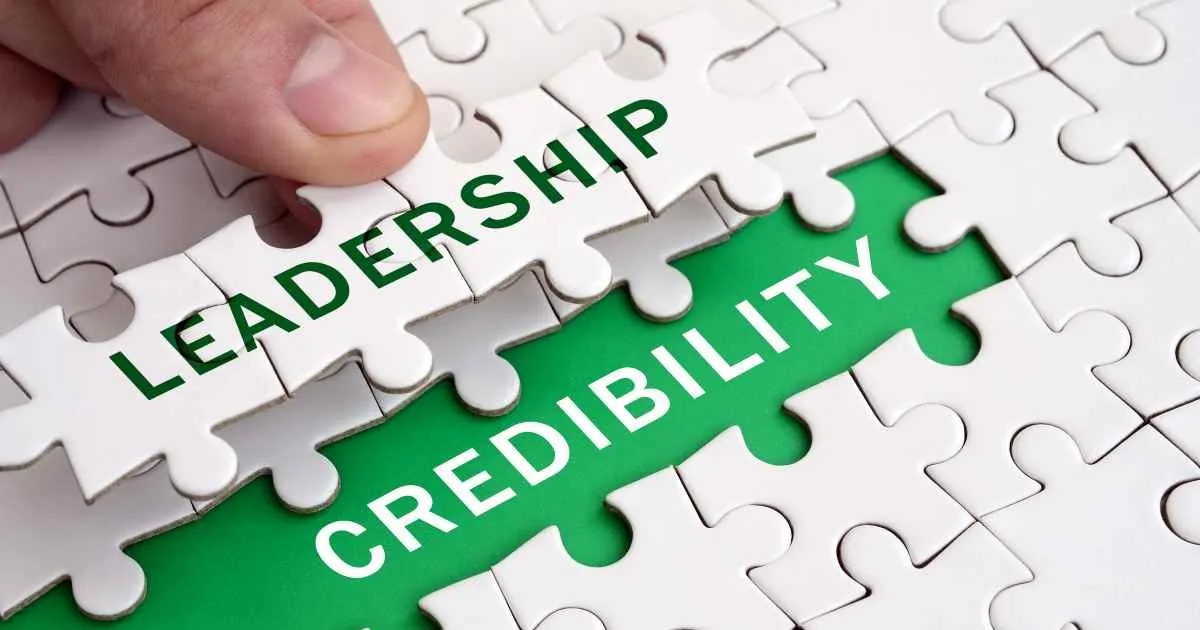
Author Credentials and Expertise
The author's background and expertise are important indicators of credibility, but they're not the only factors to consider:
Educational background in the relevant field is a good starting point, but it's not the only measure of expertise. Some of the most insightful research comes from interdisciplinary approaches or from researchers who bring fresh perspectives to a field.
Professional experience in the field can provide valuable insights, but it can also introduce bias if the author has a vested interest in certain outcomes.
Publication history in reputable journals or with respected publishers indicates that the author's work has been peer-reviewed and accepted by the academic community.
Institutional affiliation with respected universities or research organizations can provide credibility, but it's not a guarantee of quality.
Publication Venue and Peer Review
The venue where a source is published can tell you a lot about its credibility:
Peer-reviewed journals are generally more credible than non-peer-reviewed sources because they've been evaluated by experts in the field. However, not all peer-reviewed journals are equally rigorous.
Academic publishers typically have higher standards than commercial publishers, but this isn't always the case.
Open access journals can be just as credible as subscription-based journals, but be aware that some predatory journals use open access as a cover for low-quality publications.
Conference proceedings can contain valuable research, but they're often less rigorously reviewed than journal articles.
Evidence and Documentation
The quality and quantity of evidence presented is a crucial indicator of credibility:
Primary sources are generally more credible than secondary sources because they're closer to the original data or events.
Multiple sources of evidence that support the same conclusion are more credible than single sources.
Transparent methodology that allows others to replicate the research increases credibility.
Acknowledgment of limitations and alternative interpretations shows intellectual honesty.
Red Flags for Low Credibility
Be cautious of sources that exhibit these warning signs:
No author information or anonymous authorship makes it difficult to evaluate expertise and potential bias.
No publication information or unclear publication details make it hard to assess the source's legitimacy.
Extreme claims without substantial evidence should be viewed with skepticism.
Poor writing quality can indicate a lack of editorial oversight or academic rigor.
No citations or references to other research in the field suggests the work may not be part of the scholarly conversation.
Reading Between the Lines: Advanced Analysis Techniques
Reading between the lines means looking beyond what the author explicitly states to understand the underlying assumptions, implications, and context that shape their argument. This is where critical analysis becomes truly sophisticated and where you develop the ability to engage with sources at a deeper level.
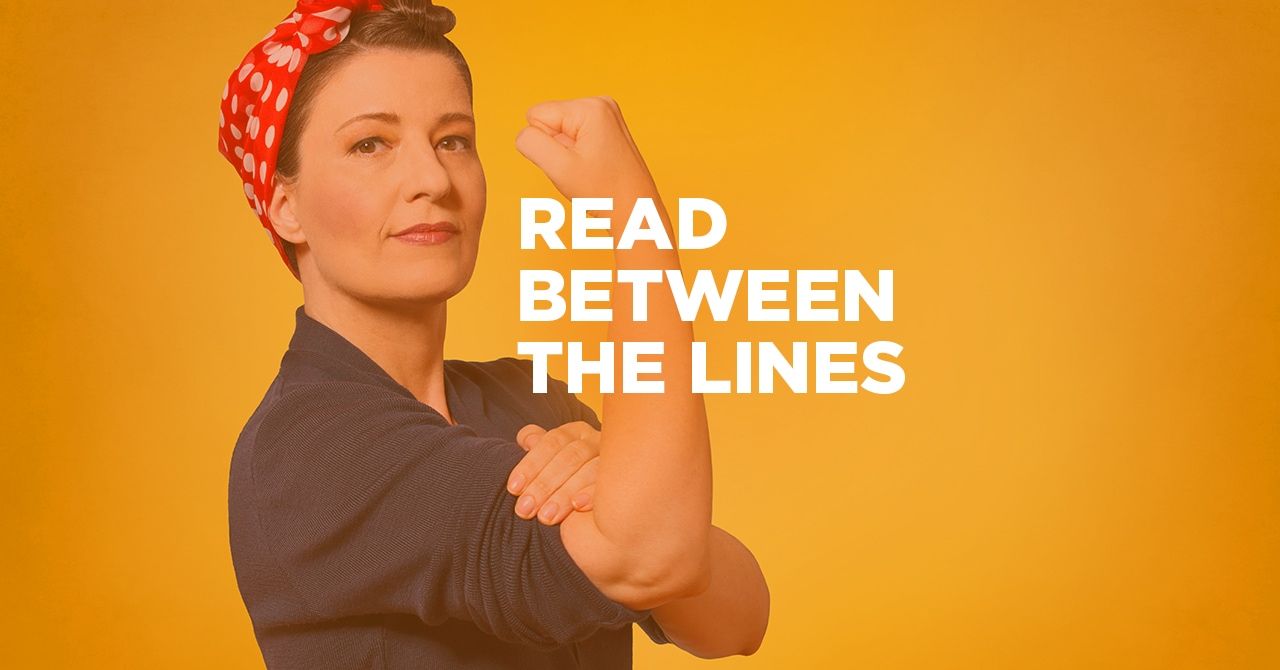
Identifying Underlying Assumptions
Every piece of research is built on assumptions—beliefs that the author takes for granted without explicitly stating them. Identifying these assumptions helps you understand the foundation of the argument and evaluate whether those assumptions are valid:
Theoretical assumptions about how the world works or how people behave. For example, a study might assume that people are rational decision-makers without explicitly stating this.
Methodological assumptions about what constitutes valid evidence or appropriate research methods. For example, a study might assume that survey responses accurately reflect people's true beliefs.
Value assumptions about what is important or desirable. For example, a study might assume that economic growth is always positive without questioning this assumption.
Cultural assumptions about what is normal or acceptable in a particular society or context.
Analyzing the Author's Purpose and Audience
Understanding why the author wrote the piece and who they're writing for helps you interpret the information more accurately:
Academic audience typically expects rigorous methodology, extensive citations, and careful analysis of limitations.
Professional audience might be more interested in practical applications and actionable insights.
General audience might require more explanation of technical concepts and less detailed methodology.
Policy audience might be more interested in implications for decision-making and less interested in theoretical debates.
Considering Alternative Interpretations
Good critical analysis involves considering how the same data or evidence might be interpreted differently:
Different theoretical frameworks might lead to different interpretations of the same data.
Different methodological approaches might produce different results or insights.
Different value systems might lead to different conclusions about what the findings mean.
Different time periods or contexts might change how the research is interpreted.
Evaluating the Strength of Evidence
Not all evidence is created equal. Learn to evaluate the strength of the evidence presented:
Direct evidence that directly supports the claim is stronger than indirect evidence.
Recent evidence is often more relevant than older evidence, depending on the topic.
Multiple lines of evidence that converge on the same conclusion are stronger than single pieces of evidence.
Evidence from multiple sources is generally more reliable than evidence from a single source.
Practical Strategies for Critical Analysis
Now that we've covered the theoretical aspects of critical source analysis, let's look at some practical strategies you can use to develop and apply these skills in your own research.

The CRAAP Test: A Systematic Approach
The CRAAP test is a useful framework for evaluating sources systematically:
Currency: Is the information current? When was it published? Has it been updated?
Relevance: Is the information relevant to your research question? Does it address the specific aspects you're interested in?
Authority: Who is the author? What are their credentials? Are they qualified to write about this topic?
Accuracy: Is the information accurate? Can it be verified through other sources? Are there any obvious errors?
Purpose: Why was this information created? What is the author's purpose? Are they trying to inform, persuade, or sell something?
Active Reading Techniques
Transform your reading from passive consumption to active analysis:
Take notes as you read, not just about what the author says, but about how they say it and what assumptions they're making.
Ask questions throughout your reading: What is the author really arguing? What evidence supports this? What are the limitations?
Look for patterns in the author's argument, evidence, and language that might reveal bias or particular perspectives.
Connect to other sources by thinking about how this source relates to other research you've read.
Creating a Source Analysis Template
Develop a systematic approach to analyzing sources by creating a template that covers all the key aspects:
Basic Information: Author, title, publication details, date
Main Argument: What is the author's central claim or thesis?
Evidence: What evidence does the author present to support their argument?
Methodology: How was the research conducted? What methods were used?
Limitations: What are the limitations of the research or the author's argument?
Bias Assessment: What potential biases might be influencing the author's perspective?
Credibility Evaluation: How credible is this source? What are its strengths and weaknesses?
Relevance to Your Research: How does this source contribute to your research question?
Comparing and Contrasting Sources
One of the most powerful ways to develop critical analysis skills is to compare multiple sources on the same topic:
Look for agreement between sources—what do they agree on, and why?
Identify disagreements—where do sources disagree, and what might explain these differences?
Consider different perspectives—how do different authors approach the same topic?
Evaluate the quality of arguments—which sources make stronger arguments, and why?
Common Pitfalls in Source Analysis
Even experienced researchers can fall into common traps when analyzing sources. Being aware of these pitfalls helps you avoid them and develop more sophisticated critical analysis skills.
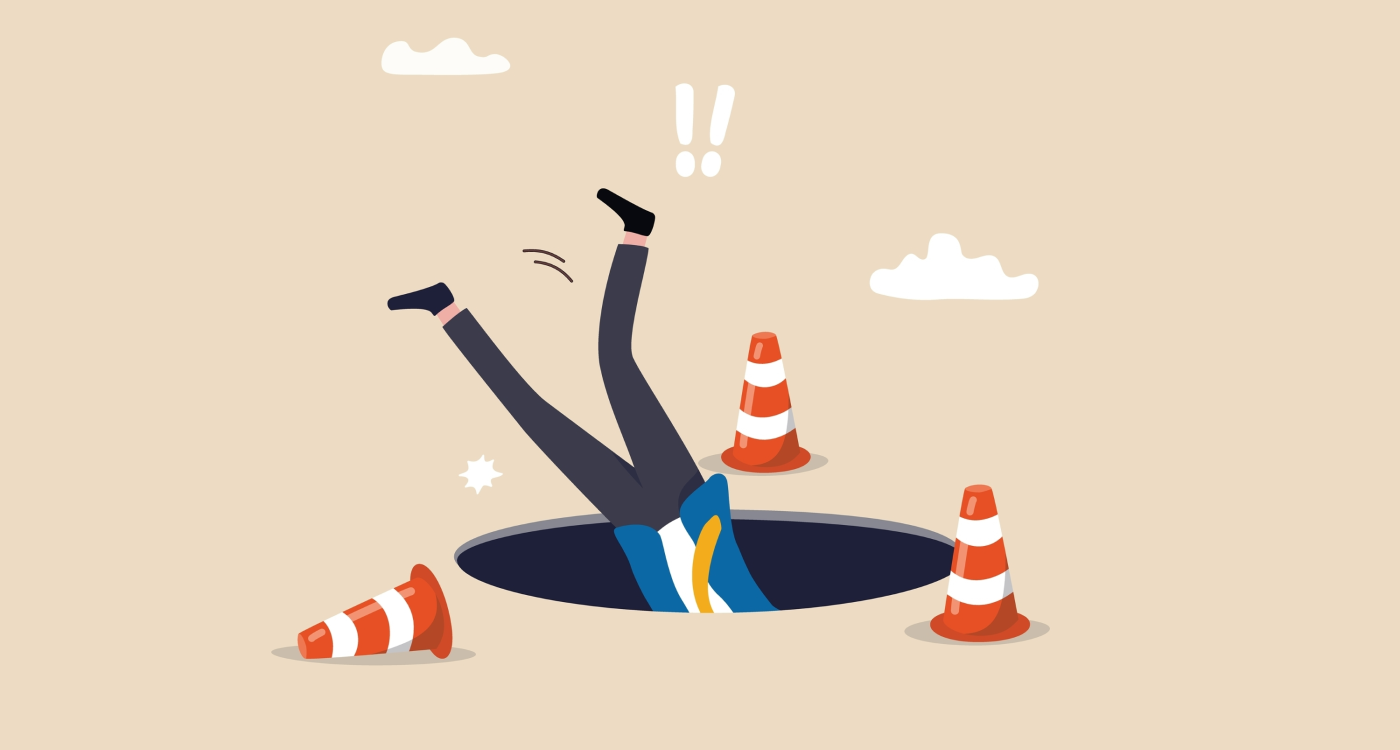
Confirmation Bias
Confirmation bias is the tendency to seek out and interpret information in ways that confirm your existing beliefs or hypotheses. This can lead you to:
Selectively focus on sources that support your argument while ignoring those that challenge it.
Interpret ambiguous evidence in ways that support your position.
Give more weight to sources that agree with you and less weight to those that disagree.
Avoid sources that might challenge your assumptions or force you to reconsider your position.
The Authority Fallacy
The authority fallacy occurs when you assume that a source is credible simply because it comes from an authoritative source, without evaluating the actual quality of the information:
Assuming credibility based on institutional affiliation alone.
Accepting claims without evaluating the evidence simply because they come from a respected author.
Dismissing sources from less prestigious institutions without evaluating their actual quality.
The Recency Bias
Recency bias is the tendency to give more weight to recent information, even when older information might be more relevant or reliable:
Assuming newer is better without considering the specific context or quality of the research.
Ignoring foundational research that might be older but still highly relevant.
Overemphasizing current trends at the expense of established knowledge.
The Complexity Bias
Complexity bias is the tendency to assume that more complex explanations are more accurate, even when simpler explanations might be more appropriate:
Preferring complicated theories over simpler ones without evaluating their actual explanatory power.
Assuming that complex methodology automatically means better research.
Dismissing simple explanations without considering whether they might be more accurate.
Building Your Critical Analysis Skills
Developing strong critical analysis skills is a process that takes time and practice. Here are some strategies for building these skills systematically.

Start with Practice Exercises
Begin with structured exercises that help you develop specific aspects of critical analysis:
Bias identification exercises: Practice identifying different types of bias in sample texts.
Methodology evaluation: Practice evaluating the strengths and weaknesses of different research methods.
Credibility assessment: Practice evaluating the credibility of different types of sources.
Assumption identification: Practice identifying underlying assumptions in arguments.
Read Widely and Critically
Expose yourself to a wide variety of sources and practice analyzing them:
Read across disciplines to understand how different fields approach similar questions.
Read sources you disagree with to practice analyzing arguments that challenge your beliefs.
Read both popular and academic sources to understand the differences in how information is presented.
Read sources from different time periods to understand how perspectives change over time.
Engage in Academic Discussions
Participate in discussions about sources and research:
Join study groups where you can discuss sources with other students.
Participate in class discussions about assigned readings.
Engage with academic communities online or in person.
Seek feedback from professors or more experienced researchers on your analysis.
Use Technology to Support Your Analysis
Leverage digital tools to enhance your critical analysis:
Citation management software like Sourcely can help you organize and analyze multiple sources.
Note-taking apps can help you systematically record your analysis of sources.
Research databases can help you find multiple perspectives on the same topic.
Collaboration tools can help you share and discuss sources with others.
Conclusion: Becoming a Critical Reader and Researcher
Learning to read between the lines and critically analyze sources is one of the most valuable skills you can develop as a student and researcher. It's not about becoming cynical or dismissive of academic work, but about becoming thoughtful, discerning, and intellectually honest in your evaluation of information.

The ability to identify bias, understand methodology, evaluate credibility, and read between the lines will transform how you approach research and how you present your findings. You'll become a more effective researcher who can navigate the complex landscape of academic knowledge with confidence and sophistication.
Remember that critical analysis is a skill that develops over time with practice. Start with the basics—identifying bias, understanding methodology, and evaluating credibility—and gradually work toward more sophisticated analysis techniques. Don't be discouraged if it feels challenging at first; even experienced researchers continue to develop and refine their critical analysis skills throughout their careers.
The goal isn't to become a skeptic who dismisses everything, but to become a thoughtful researcher who can engage with sources in a way that demonstrates understanding of the complexity of academic knowledge and the ability to think independently about the issues you're exploring.
As you develop these skills, you'll find that your research becomes more sophisticated, your writing becomes more nuanced, and your understanding of your field becomes deeper and more comprehensive. You'll be able to engage with the scholarly conversation in your field in a way that demonstrates not just knowledge of the content, but understanding of the process of knowledge creation and evaluation.
The ability to read between the lines and critically analyze sources is what separates good students from great ones, and it's a skill that will serve you well throughout your academic career and beyond. Start practicing these techniques today, and watch as your research and writing skills transform before your eyes.
